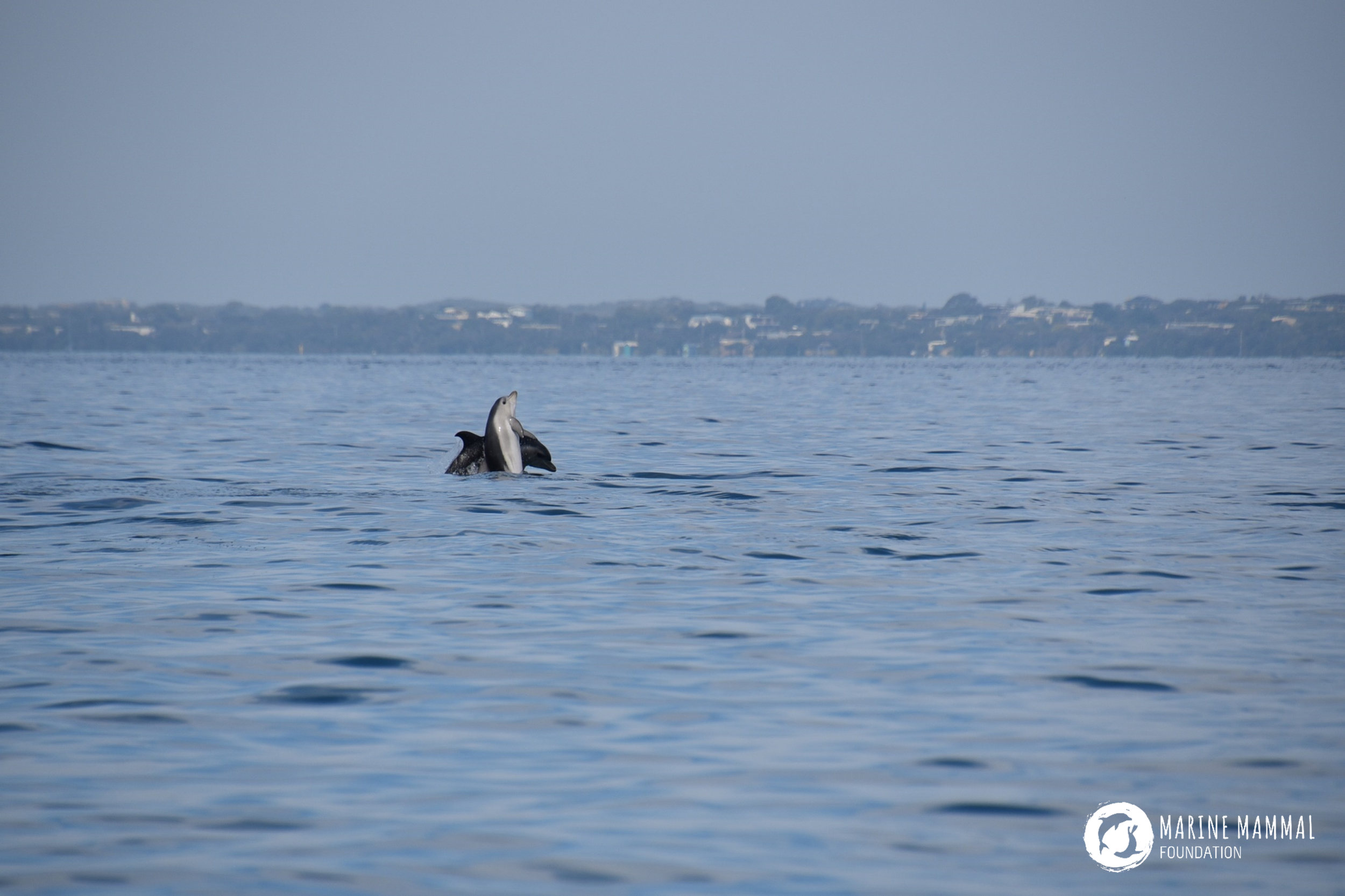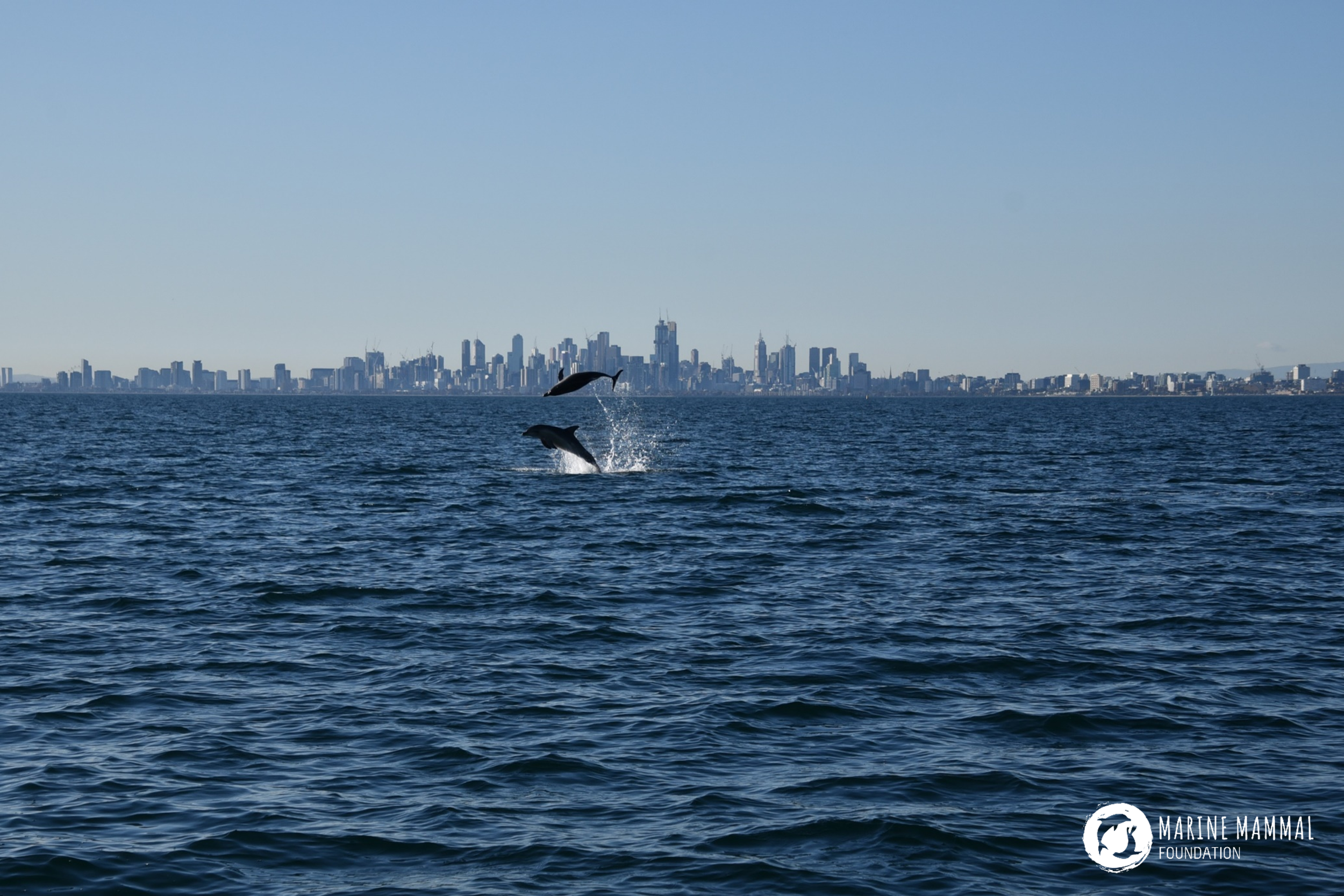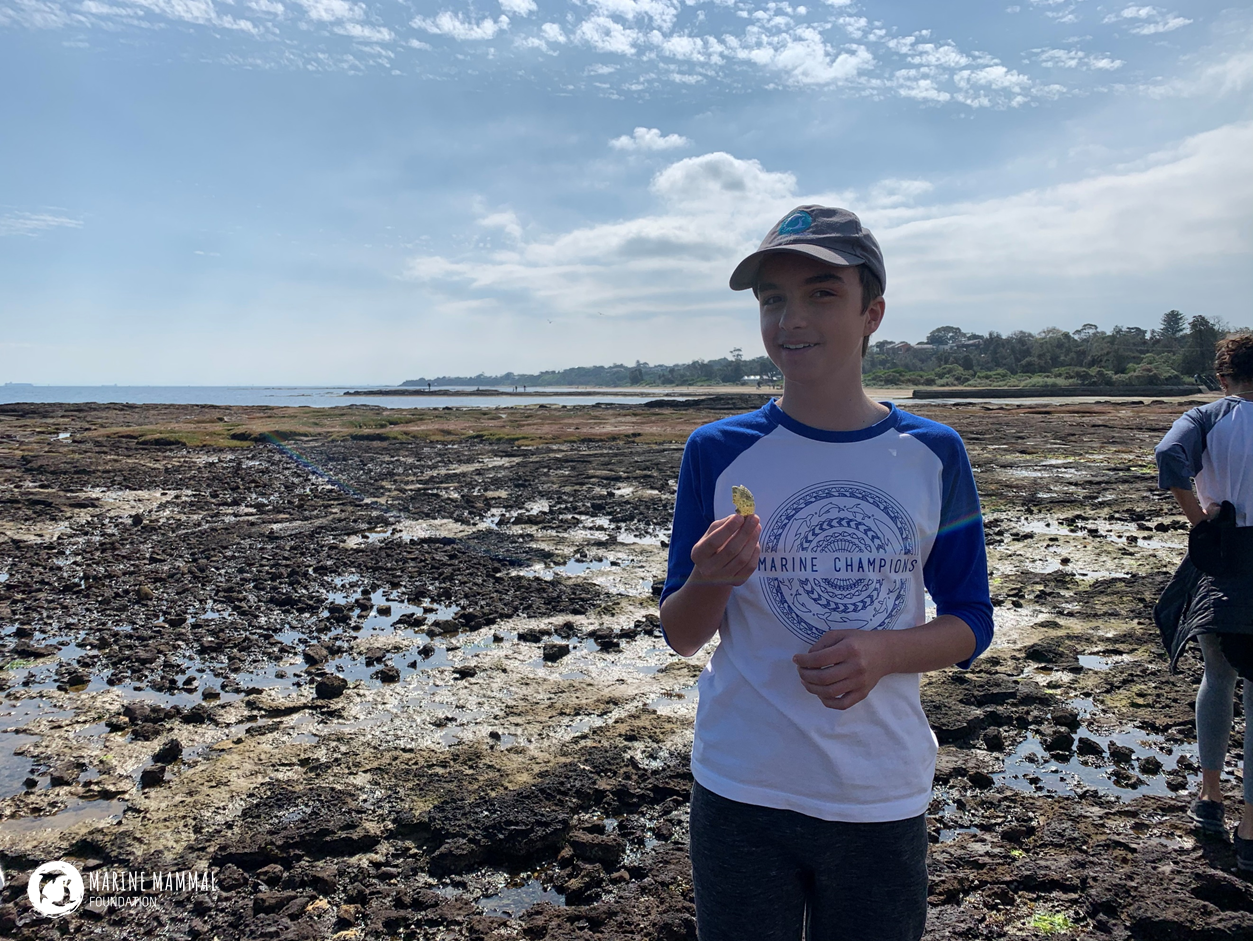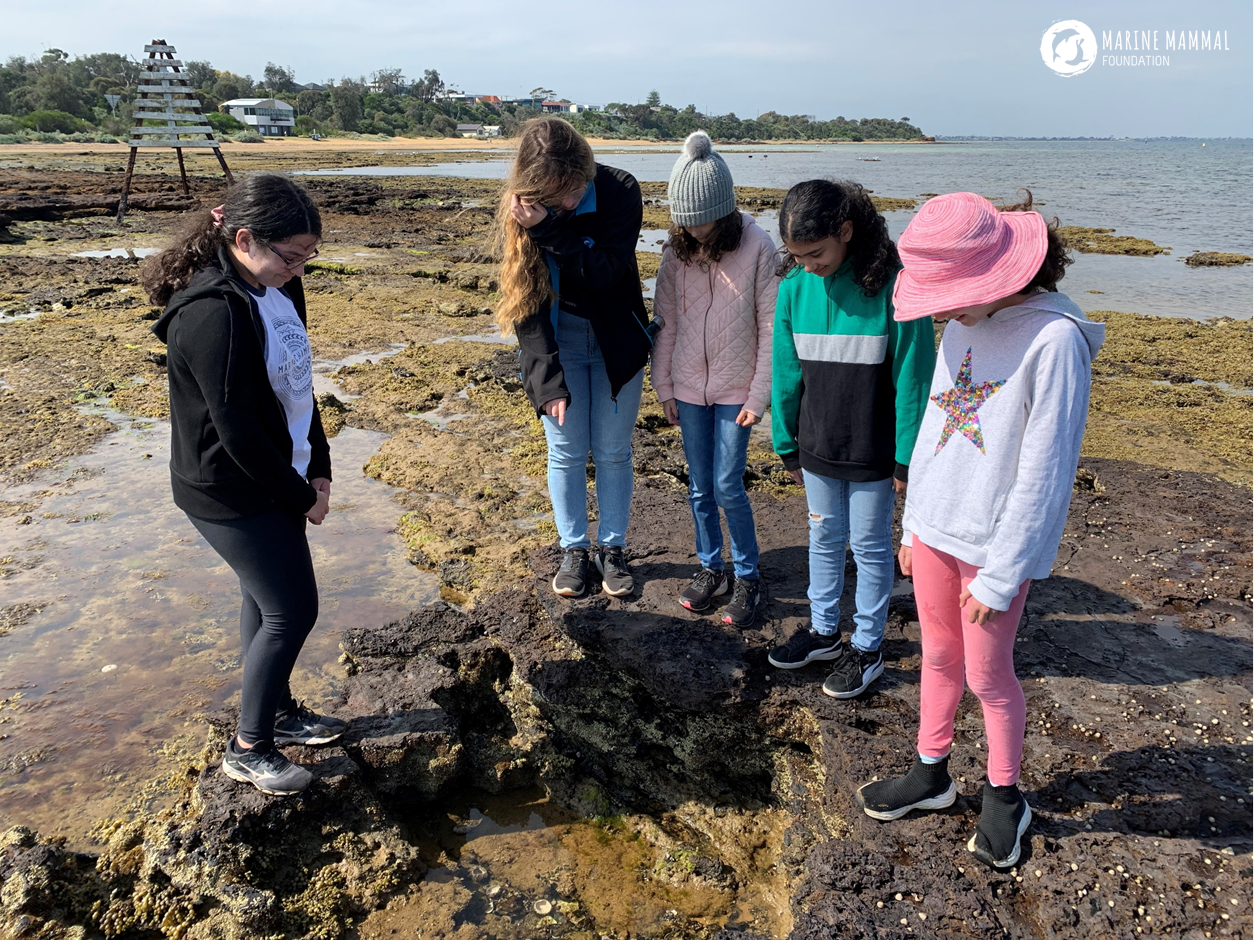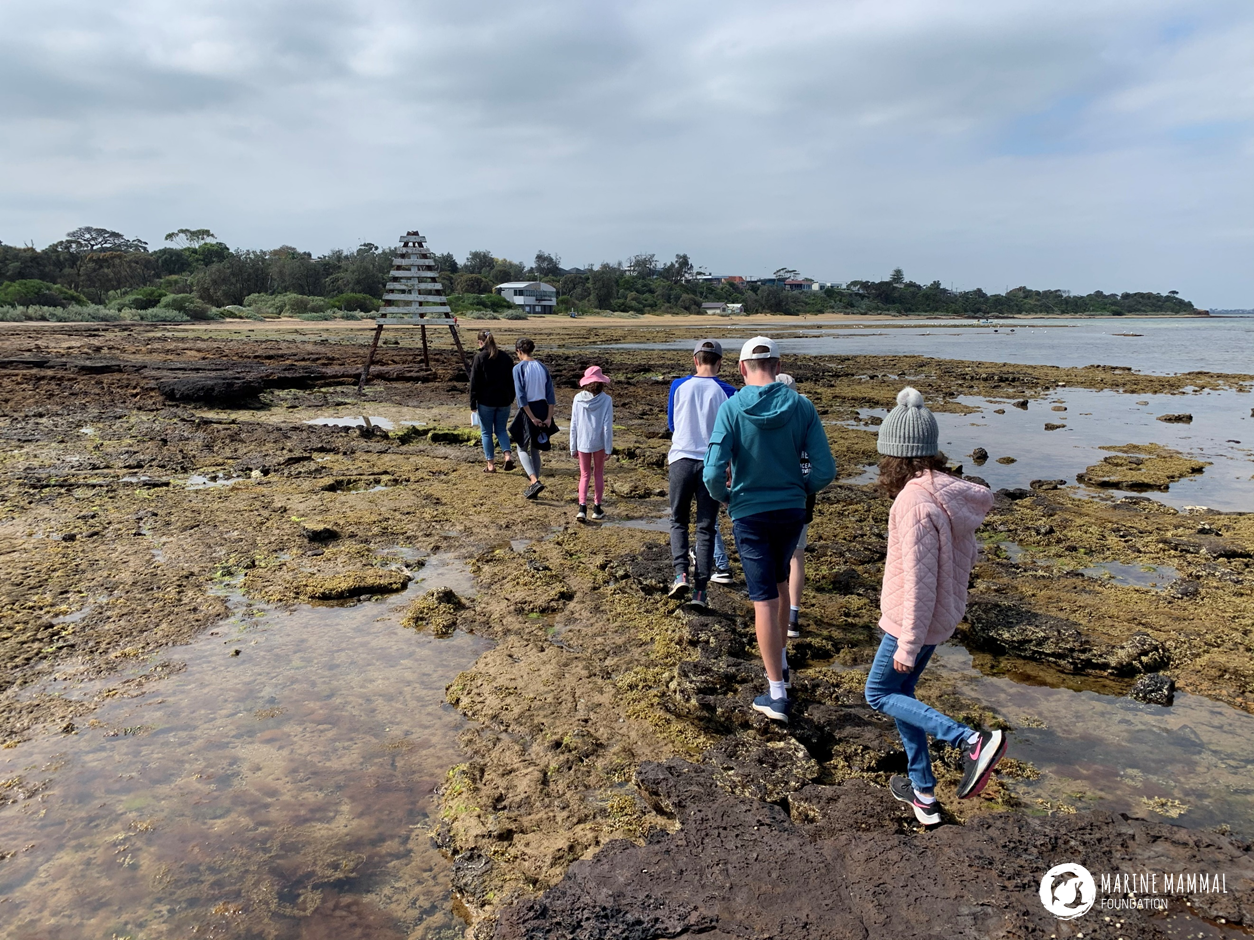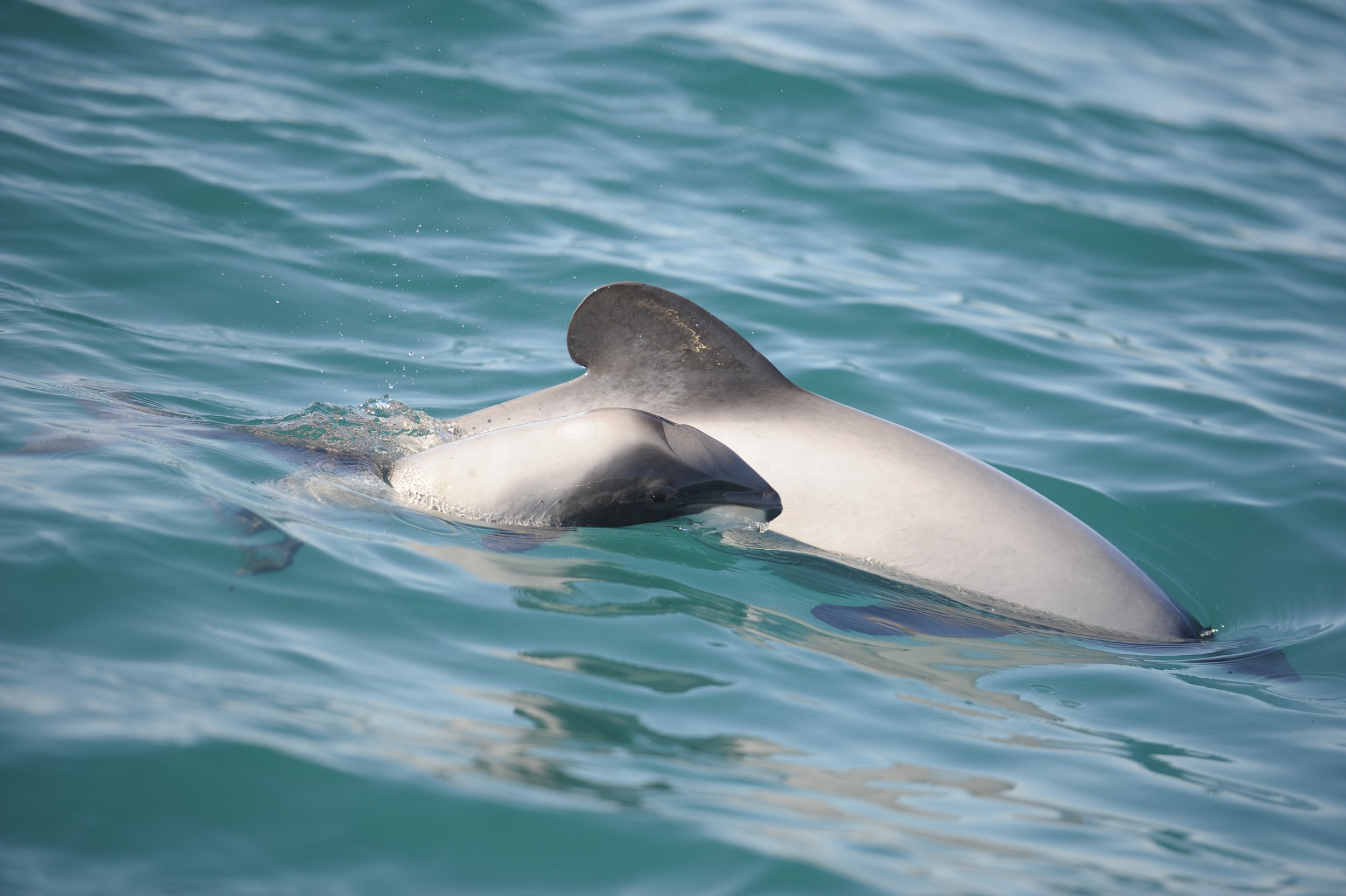Protecting our waters: spotlight on Victoria’s marine protected areas
Written by Richard Cooling, MMF Volunteer
Last month, people from around the globe celebrated World Ocean Day on the 8th of June. This year's conservation focus is to encourage world leaders to protect 30% of the ocean by 2030. In Australia we have one of the largest and most ecologically diverse marine territories in the world, and this means we play a critical role in conserving precious marine habitats.
Australia was the first country to establish a marine protected area back in 1879, with the creation of the Royal National Park in Sydney. In more recent decades, the creation of a national network of marine parks and reserves was a world-leading policy that put Australia in the international spotlight. But despite our good track record, Australia has started to lag behind on marine protection, especially in Victoria which has the smallest area of waters under high-level protection of any state.
Just like our spectacular land-based National Parks and reserves, there’s something special about our marine protected areas. Let’s take a look at the state of our marine parks and sanctuaries here in Victoria and talk about why properly protected marine areas are crucial for conserving marine mammals.
Marine protected areas in Victoria
Victoria’s coastline is made up of a striking mix of cliffs, bluffs, dunes and embayments, which in combination with swells and currents produce a surprising diversity in marine habitats. Here, we are lucky to have a total of 30 marine protected areas comprising 6.6% of our coastal waters. Twenty four of these are highly protected, no-take Marine National Parks and Marine Sanctuaries, where removing plants and animals is not allowed. The remaining 6 are multi-use marine reserves and parks which allow for a range of activities including fishing.
Just up the road from the MMF office, on Bunurong Country, the Ricketts Point Marine Sanctuary is one of the highly protected areas that many of us are easily able to visit.
Victoria has a chequered past in the creation of marine protected areas. For a period we were a world leader in protecting marine biodiversity, being one of the first regions to establish a network of highly protected marine areas. But since 2002, no new marine protected areas have been established. This is despite calls from the IUCN to protect 30% of the ocean under no-take areas, and strong support from the Victorian public for marine Parks and Sanctuaries.
Marine protected areas are crucial for marine mammal conservation
Restricting human activity, particularly fishing and mining, in the right areas plays an important role in conserving marine biodiversity and ecosystems. Marine protected areas can safeguard important breeding grounds for marine species and help habitats recover from stresses such as rising ocean temperatures. For whales, dolphins and porpoises, feeding, breeding and calving areas are the most critical to protect. The Banks Peninsula Marine Mammal Sanctuary in New Zealand demonstrates the effectiveness of marine protected areas for conserving threatened marine mammals. The sanctuary, which was created in 1988 to protect Hector’s dolphins from gillnet entanglement, has proved to be a success.
Back here in Victoria, there has been some research demonstrating the success of the Ticonderoga Bay Sanctuary Zone in Port Phillip Bay in providing refuge for the Burunan dolphin. Prioritising the protection of essential dolphin habitats in Port Phillip Bay will be an important strategy for the protection of the species.
As 2030 draws nearer, expanding our network of marine protected areas here in Victoria and nationally will be critical for the protection of marine mammals and other marine life. We need to hold our leaders accountable and keep them on track to protect 30% of our ocean by 2030.

